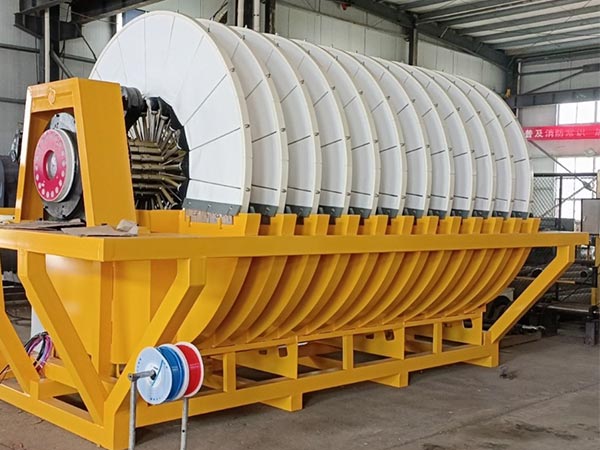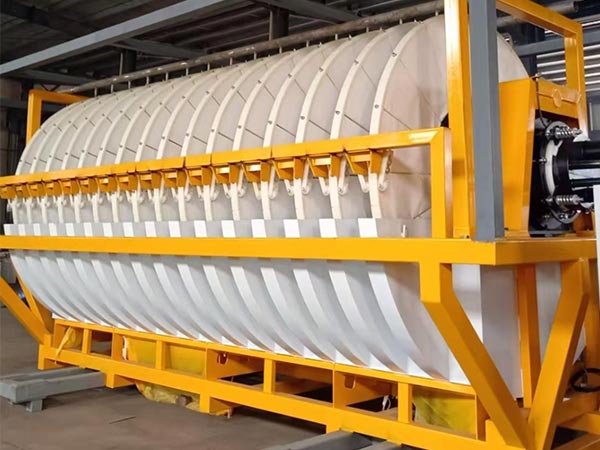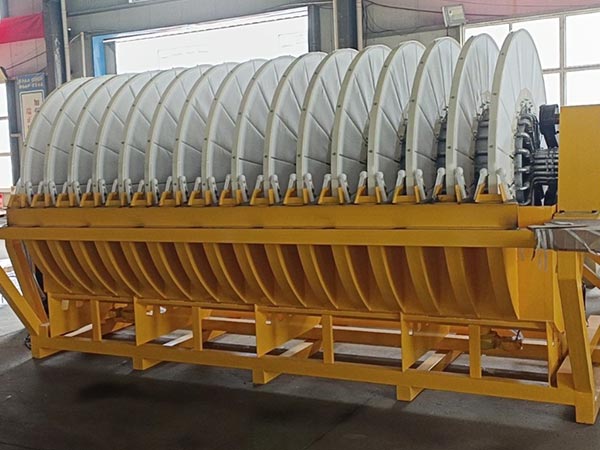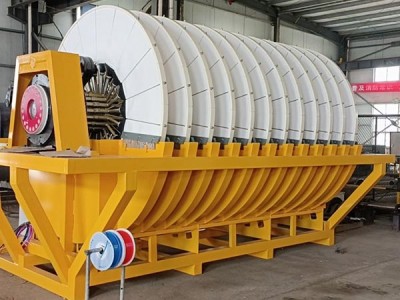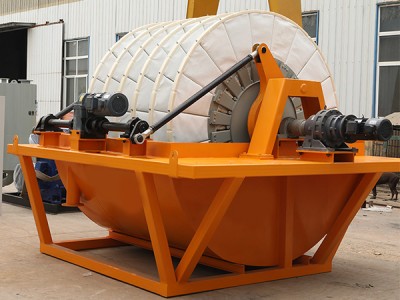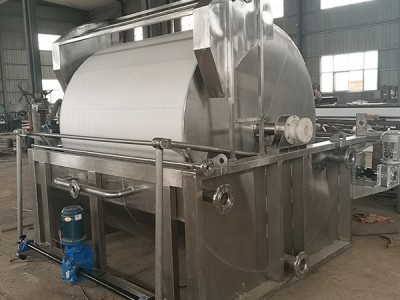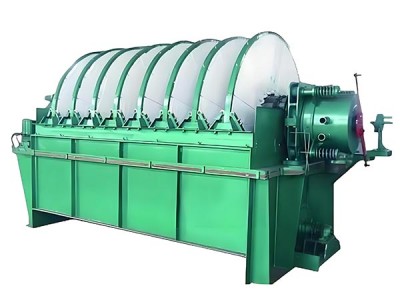What is Solid liquid separation equipment?
Solid liquid separation equipment is a type of device widely used in multiple fields. It is specialized equipment that effectively separates solid particles from liquid components in a mixed system through physical means. This kind of equipment plays a pivotal role in various industries such as aquaculture, sewage treatment, and food processing.
Functions of Solid liquid separation equipment
Solid liquid separation equipment achieves efficient separation and purification of solid particles from liquids in a mixed system through the physical action of vacuum negative pressure.
Solid-Liquid Separation
Filter cloth is used to trap solid particles, forming a filter cake. At the same time, liquid is suctioned out under negative pressure to obtain a clear filtrate.
Filter Cake Dewatering
Negative pressure continuously acts on the filter cake to reduce its moisture content, facilitating the subsequent transportation, drying, or recovery of solid materials.
Material Purification
It removes solid impurities from liquids or separates target solid particles from the mixed system, meeting the material purity requirements.
Continuous Processing
A rotating disc structure is adopted, enabling continuous operations including feeding, filtering, dewatering, and cake discharge, thereby improving separation efficiency.
Advantages of Solid liquid separation equipment
High Separation Efficiency: It enables continuous operation, with feeding, filtration, dewatering, and cake discharge carried out simultaneously. It handles large volumes of materials and requires no frequent shutdowns.
Excellent Filter Cake Dewatering Performance: Sustained vacuum negative pressure reduces the moisture content of the filter cake, lowering the cost and difficulty of subsequent drying and transportation.
Strong Adaptability: It can process low-to-medium viscosity suspensions with a solid content of 10%-40%, and is compatible with various materials such as minerals, chemical substances, and sludge. It also has a wide applicable range of particle sizes.
Easy Operation and Maintenance: Featuring a mature and stable structure, it has a high level of automation. Filter cloth replacement is simple, and the workload of daily maintenance is minimal.
Energy Efficiency and Environmental Friendliness: The separation process relies solely on physical negative pressure, with no need for chemical reagents to be added. It consumes less energy and can recover valuable solid or liquid materials.
Small Footprint: The rotating disc structure is compact in design. Compared with other equipment with the same processing capacity, it occupies less factory space.
Application Fields
The core function of Solid liquid separation equipment is continuous solid-liquid separation and filter cake dewatering. It is suitable for low-to-medium viscosity suspensions and is widely used in various industrial sectors.

Mining and Metallurgy
It is often used to treat the ore slurry after mineral processing of iron, copper, lead-zinc, etc., enabling efficient separation of useful minerals from wastewater.
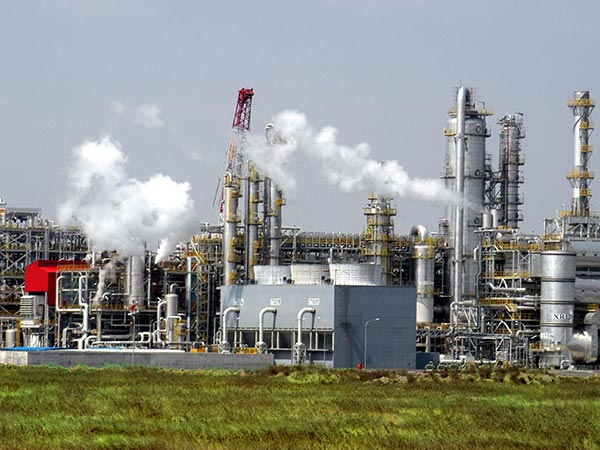
Chemical Industry
It is specifically used to separate chemical reaction suspensions, recover precious metal catalysts, and purify products such as dyes and pigments.

Environmental Protection & Sewage Treatment
Lorem ipsum dolor sit amet,consectetur adipisicing elit. Delectus,natus numquam unde qui pariatur porro necessitatibus harum libero commodi rem veritatis in nisi vero odit tenetur esse quidem inventore ex. Sunt nam mollitia,accusantium voluptates
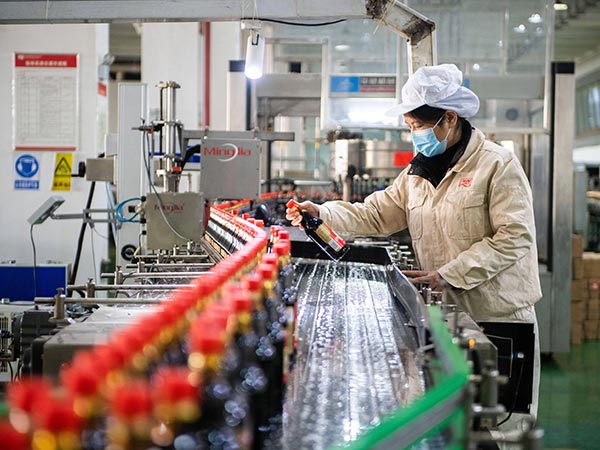
Food Processing
It is suitable for solid-liquid separation processes with strict hygiene requirements, such as starch slurry dewatering, fruit juice clarification, and dairy product processing.
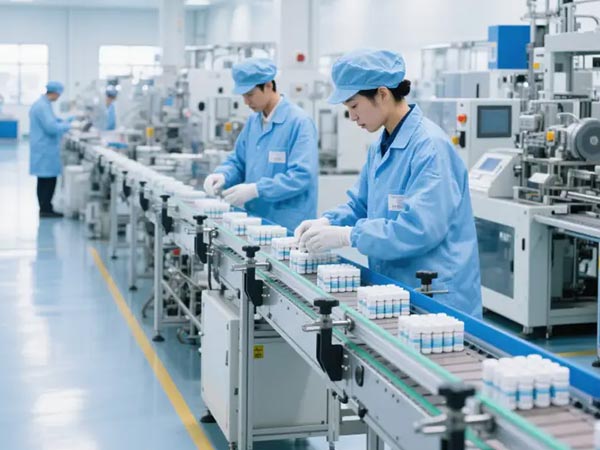
Pharmaceutical Industry
It is used in key steps of the drug extraction process, including the filtration of suspensions and the separation of traditional Chinese medicine residues from liquid medicine.
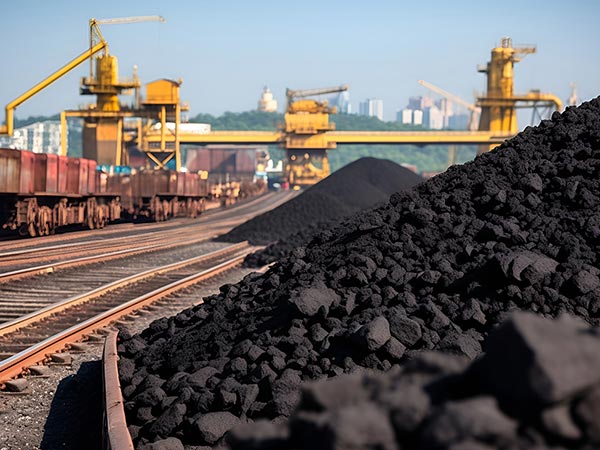
Coal Industry
It treats the coal slime water generated from coal washing, recovers clean coal, and realizes the recycling of water resources at the same time.
Solid-Liquid Separation Methods and Technologies
Solid-Liquid Separation Methods
The core of Solid liquid separation equipment lies in the clever use of the physical principle of "negative pressure suction." You can understand it as a high-efficiency vacuum cleaner, except that its working target is a mixture of liquids and solids.
Its methods and technologies can be broken down into the following key stages:
1. Filter Cake Formation Stage
The core of the equipment consists of several fan-shaped filter discs rotating at a constant speed, whose surfaces are covered with carefully selected filter cloth. When the filter discs are partially immersed in the slurry, the vacuum pump creates a stable negative-pressure environment inside the discs. This pressure difference drives the liquid to quickly pass through the filter cloth, while solid particles are trapped, uniformly adhering to and accumulating on the surface of the filter cloth, initially forming a layer of "wet filter cake." This step serves as the foundation for the entire separation process.
2. Filter Cake Dewatering Stage
The separation process does not end when the filter cake is lifted out of the liquid surface; instead, it enters an in-depth dewatering phase. The filter cake is exposed to the air and continues to undergo sustained vacuum suction. At this point, the negative pressure functions to extract residual moisture from the capillary structure of the filter cake.
3. Filter Cake Stripping Stage
When the filter discs rotate to the discharge area, the vacuum is cut off. To facilitate the complete and clean separation of the dried filter cake from the filter cloth, the system injects a short burst of compressed air. This airflow gently blows off the filter cake, causing it to fall entirely into the collection device below. Afterward, the filter discs re-enter the slurry to start the next cycle.
Key Supporting Technologies
Filter Media Adaptation Technology: Filter cloths with different pore sizes are selected based on the particle size of the material to balance filtration efficiency and retention performance.
Vacuum System Regulation Technology: The degree of vacuum is precisely controlled to adapt to the viscosity of different materials, preventing filter cloth clogging or filter cake detachment.
Automatic Control Technology: The rotation speed of filter discs, feed rate, and degree of vacuum are controlled via PLC (Programmable Logic Controller), enabling unmanned continuous operation and stable separation performance.
FAQ
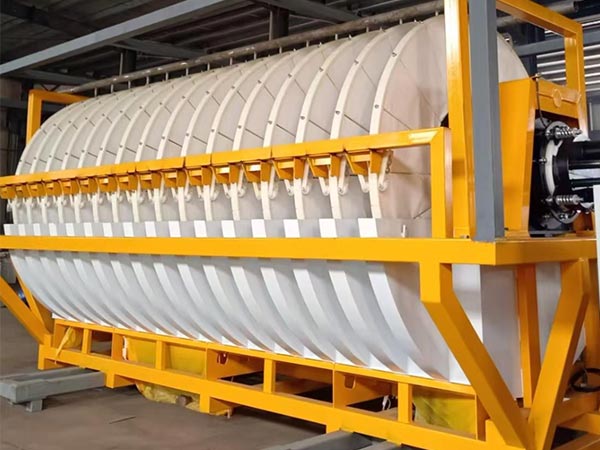
01.Which type of machinery can separate liquids and solids?
There are many types of equipment capable of solid-liquid separation, and the vacuum disc filter is one of the mainstream options. It is a physical negative-pressure solid-liquid separation device, suitable for the continuous processing of low-to-medium viscosity suspensions. In addition, common alternatives include vacuum drum filters and vacuum belt filters; the selection can be made based on requirements such as material properties and processing capacity.
02.How to Separate Solids from Liquids?
To achieve continuous solid-liquid separation, a vacuum disc filter can be used. The specific operation steps are as follows:
Feed the solid-liquid suspension to be treated into the equipment’s feed zone;Start the vacuum pump to create negative pressure, allowing the liquid to pass through the filter cloth while solid particles are trapped to form a filter cake;The equipment rotates via the rotating disc to complete filter cake dewatering and automatic cake discharge, while realizing filter cloth regeneration simultaneously;Finally, collect the clear filtrate and the filter cake with low moisture content to complete the separation.
03.How to Separate Solids from Liquids?
Using the action of physical negative pressure, the liquid is allowed to pass through the filter cloth, while solid particles are trapped by the filter cloth to form a filter cake. Subsequently, through continuous negative pressure dewatering and automatic cake discharge, complete separation of solids from liquids is achieved. This equipment requires no addition of chemical reagents and features a high level of operational automation. It is suitable for various materials such as mineral slurries, chemical suspensions, and sludge, ensuring both separation efficiency and the quality of solid and liquid products.
Hot Tags:



